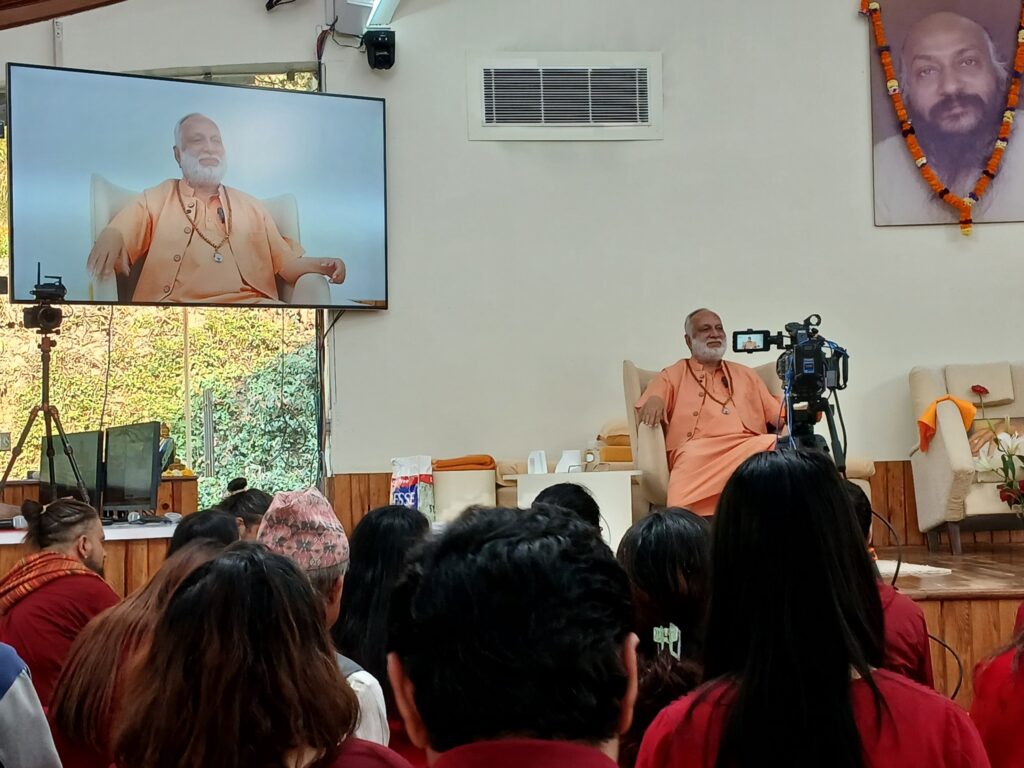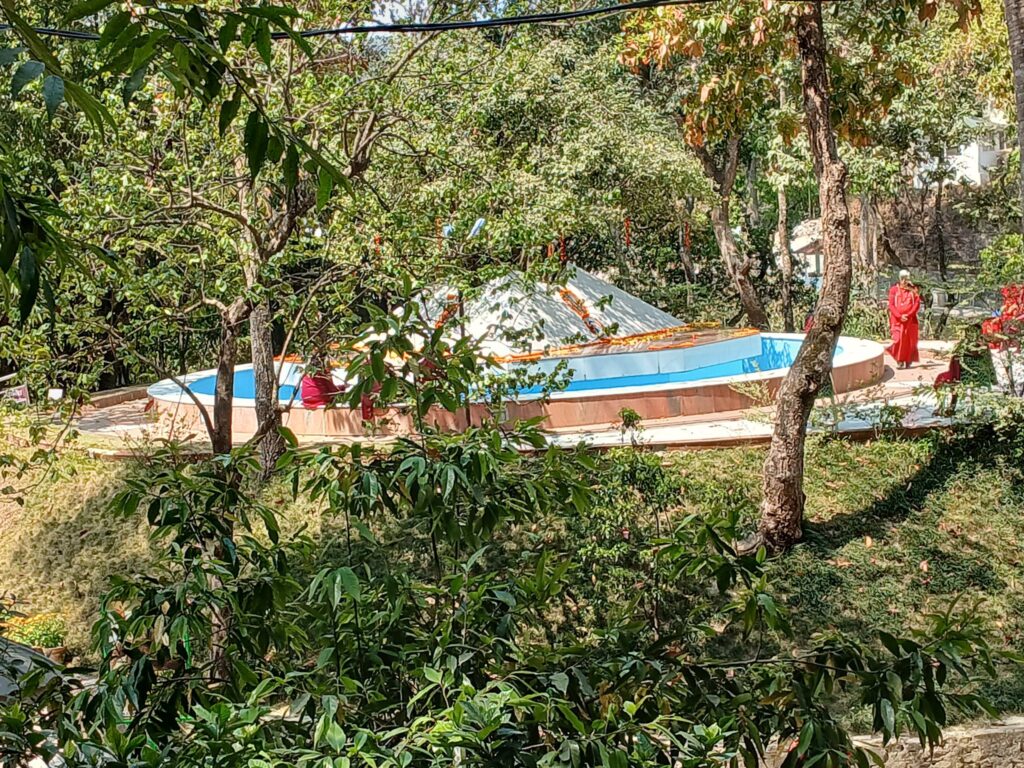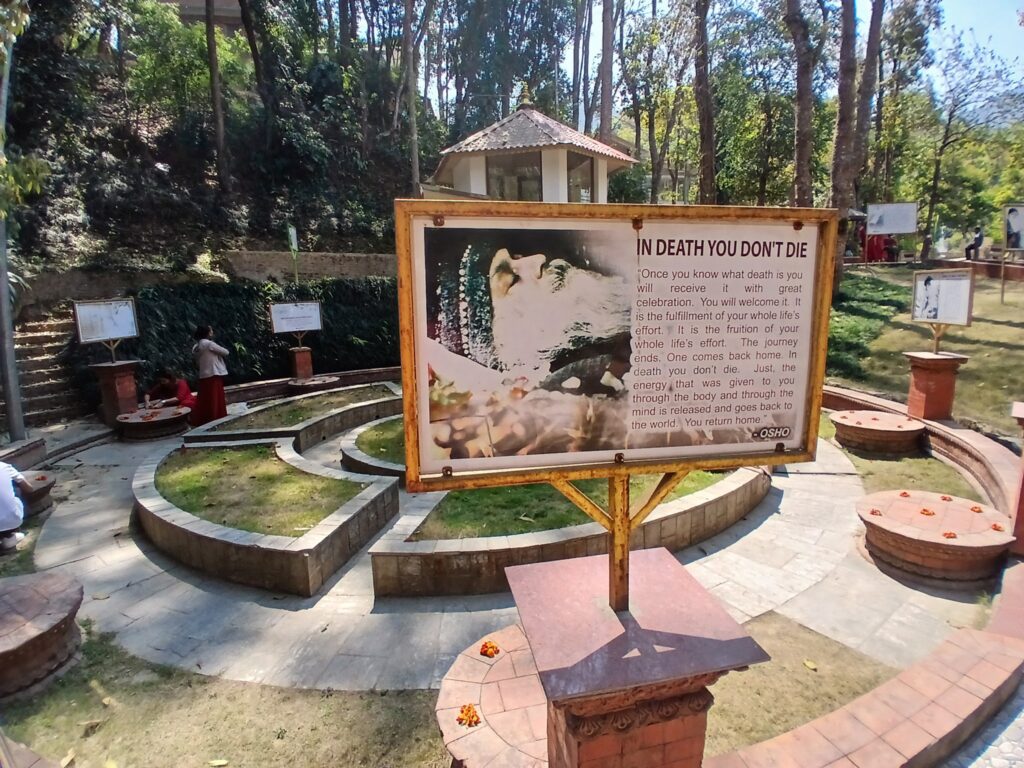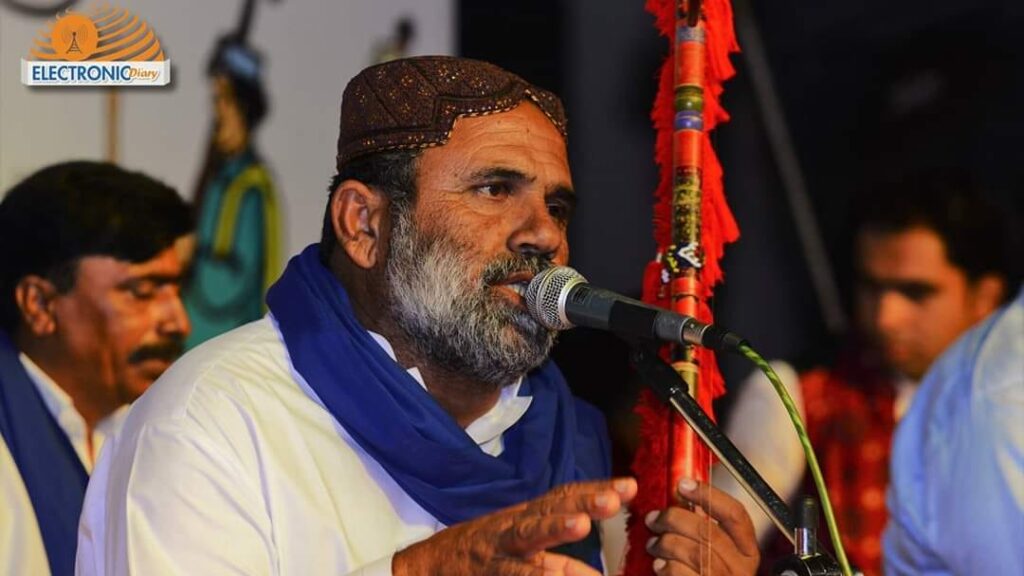It wasn’t my first trip to Osho Tapoban, a meditation retreat tucked away in the Himalayan Nagarjuna Hills near Kathmandu, Nepal. The venue brazenly declares itself as “a space to provoke the god inside you.” Though I had visited briefly before, this trip seemed quite different.
After concluding a three-day meeting in a hotel in Kathmandu on March 19, 2025, my intention was straightforward: a two-day, two-night private retreat from March 20 to 22, 2025, devoted to soul-searching inside the calm embrace of Osho Tapoban. My trip fell on March 21st, the day Osho claimed to have reached enlightenment in 1953.
Osho’s Riddle
Globally known as Osho or Bhagwan Shree Rajneesh, Guru Rajneesh still is a mystery. His life defies simple classification; it is a tapestry spun with celebration, amusement, controversy, and scandals. But in India to the United States, where he founded worldwide communes before being deported back to his own country, Osho’s path was far but traditional. Still, many worldwide have found great resonance in his writings and presentations. Dispersed throughout the USA, India, Nepal, and beyond, his communes still attract followers seeking self-discovery and inner serenity.
My aspiration with Osho started in college when I first encountered his “Love” teachings on an audio cassette. I thereafter sank myself into his writings, talks, and videos. “Don’t seek God externally; find Him inside yourself,” his fundamental message, a lighthouse of self-reliance, repeated in my head. Emphasising introspection and personal experience, this philosophy has helped many people probe the recesses of their consciousness.

A Vacation in Tapoban
Osho Tapoban, a haven for those on the inner discovery, arranges its days around meditation, starting in the early morning and ending in festive events after dinner. This everyday pattern generates a rich setting fit for introspection and spiritual development.
Originating from Osho’s trip to Nepal, Osho Tapoban reflects the universal ambition of many developed individuals and enlightened gurus. He imagined a Himalayan community and gave Swami Anand Arun detailed building instructions to bring it to reality. Osho Tapoban opened in 1990 after four years of focused labour. Today, the path to realising this goal is still ongoing.
Approaching the World of Maroon
As I reached Osho Tapoban, the outer world started to recede, replaced by peace. Nestled among the verdant woods of the Nagarjuna Hills, the hideaway radiated calm. The uniform maroon gown caught me right away as a graphic depiction of the communal ideals and dedication to Osho’s teachings. You must stay in the maroon rope until dinner; for the final celebration ceremony, you must dress in a white robe.
Checking in was easy, and I was shortly shown to my quarters—a basic but cosy room with a view of the lush surroundings. I settled down and then walked to the meditation hall and dining hall for a basic vegetarian lunch. Consumed in conscious silence—a technique meant to foster a closer relationship with the present—the meal was encouraging and nutritious.

The Flow of Meditation
Osho Tapoban is really about Osho’s meditation program. Throughout my stay, I engaged in many methods, each meant to open different facets of awareness. Dynamic meditation was freeing and demanding at the same time because it catharticly discharged pent-up emotions. With its soft shaking and free-flowing movement, Kundalini meditation lets me let go of stress and connect with my inner vitality.
Taking part in the evening festivities was among the most meaningful events one could have. All assembled in the new meditation hall, Buddha Hall, the air heavy with expectation after supper. The Satsang started with quiet meditation, then included dancing, music, and a speech by the Lead Swami (Swami Anand Arun). Every male in the commune is called Swami. These components, taken together, fostered a strong feeling of oneness and connection.
Enlightenment Day by Osho
Dawn on March 21st was exciting. As Osho’s Enlightenment Day preparations peaked, the Ashram hummed with activity. The day started with a long dynamic meditation and a celebration series.
A great feast was planned afterward, and volunteers laboured ceaselessly to provide a mouthwatering menu. The mood was celebratory, with music, laughter, and general delight. The canteen hosted a “brunch” for everybody, as many outside guests caused the regular lunch to be skipped. (For residents, lunch and breakfast are separate activities after the meditations.)
The “Swamis” and Maas (each man is named Swami and female Maa) assembled for a unique Satsang honouring Osho’s enlightenment as twilight fell. Swami Anand Arun’s conversation was deeply emotional and full of tales and insights about Osho’s life and teachings.

Meetings and Thoughts
As I was walking towards the main meditation hall from my checked-in room, a few women in maroon robes were seated on seats outside. One questioned me, “Are you Ada Shuja?” Paying close attention, I discovered she was another meditator at the Soul Spa in Karachi. For me, this was very surprising. Belonging to Umerkot, the Hindu woman lived at Osho Tapoban for many weeks and attended several courses the institute had to offer Abhiyasis.
My stay at Osho Tapoban included individuals I met who practiced meditation and regimented exercises. People from all walks of life crossed my path, each with a different tale and reason for comfort in this Himalayan refuge. Fascinatingly, there were five Sindhis—three from Pakistan, one from India, and one from Saudi Arabia.
Men and women from Germany, Russia, and the USA who had been visiting Osho communes for many years, young students from Nepal seeking guidance in their lives, and an American businessman hoping to get away from the demands of the corporate world were among the visitors. Eating together, meditating together, and having talks helped me see that our shared goal—to discover inner peace and significance in our lives—united us.
Main Attractions
I was thinking back on Osho Tapoban’s great influence on me as my retreat ended. The encounter had been transforming, providing fresh insights into spirituality, life, and the power of meditation. Apart from the main meditation hall and Buddha hall, Samadhi of Osho, a pyramid-shaped marble and granite construction erected around a spiritually important tree, a Kabir temple, and a Shivapri Baba temple are the major destinations one visits.
Near the bridge, above a natural waterfall, is a white monument to Jesus of Nazareth. Osho Tapoban also has a lovely waterfall. It sounds very loud during the rainy season, which calms the environment. A Death Park, the first of its sort in the world, is another attraction of the centre. On a funeral pyre seeming like it is burning at night, a life-size figure of a deceased person sleeps. The garden has sitting pedestals for meditation or just to spend some time in open space.

When I registered and the office personnel showed me to the room, he advised me not to leave the room door or window open and not to feed wandering monkeys, who are all about the ashram and sometimes grab food items from people. Additionally, left-out meals are beloved by the stray dogs.
I left Tapoban with a fresh sense of direction, a closer relationship with myself, and a will to apply Osho’s lessons daily. Osho Tapoban is a soul sanctuary where one may find the god inside, not just a meditation retreat.




